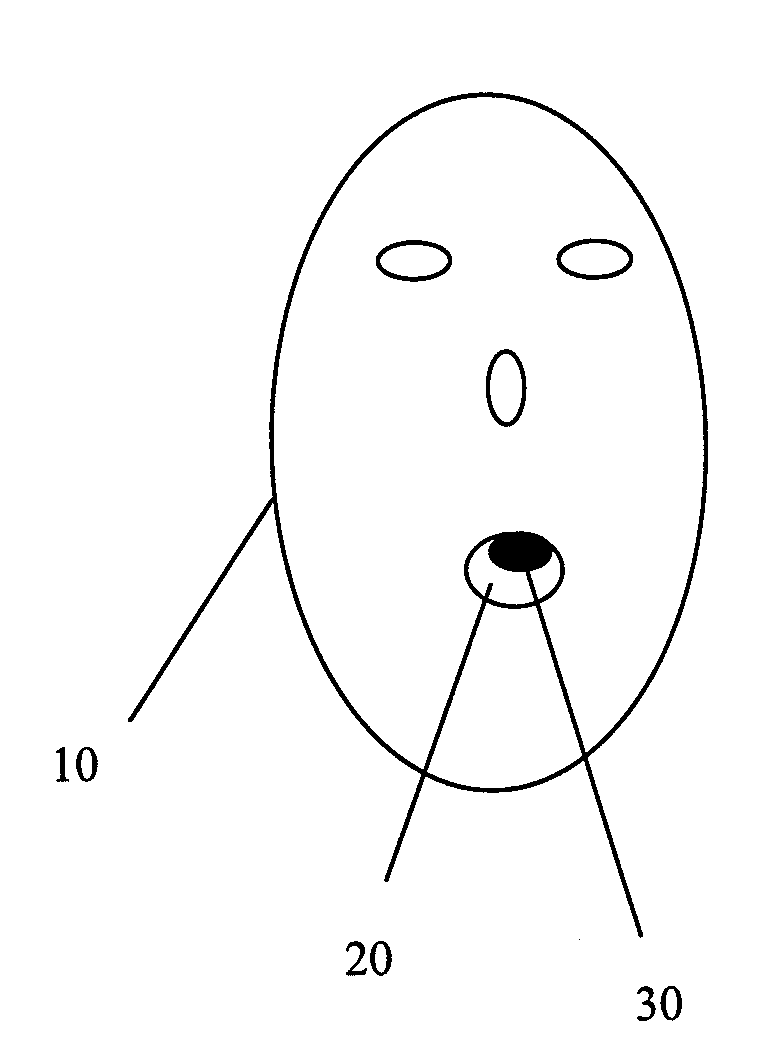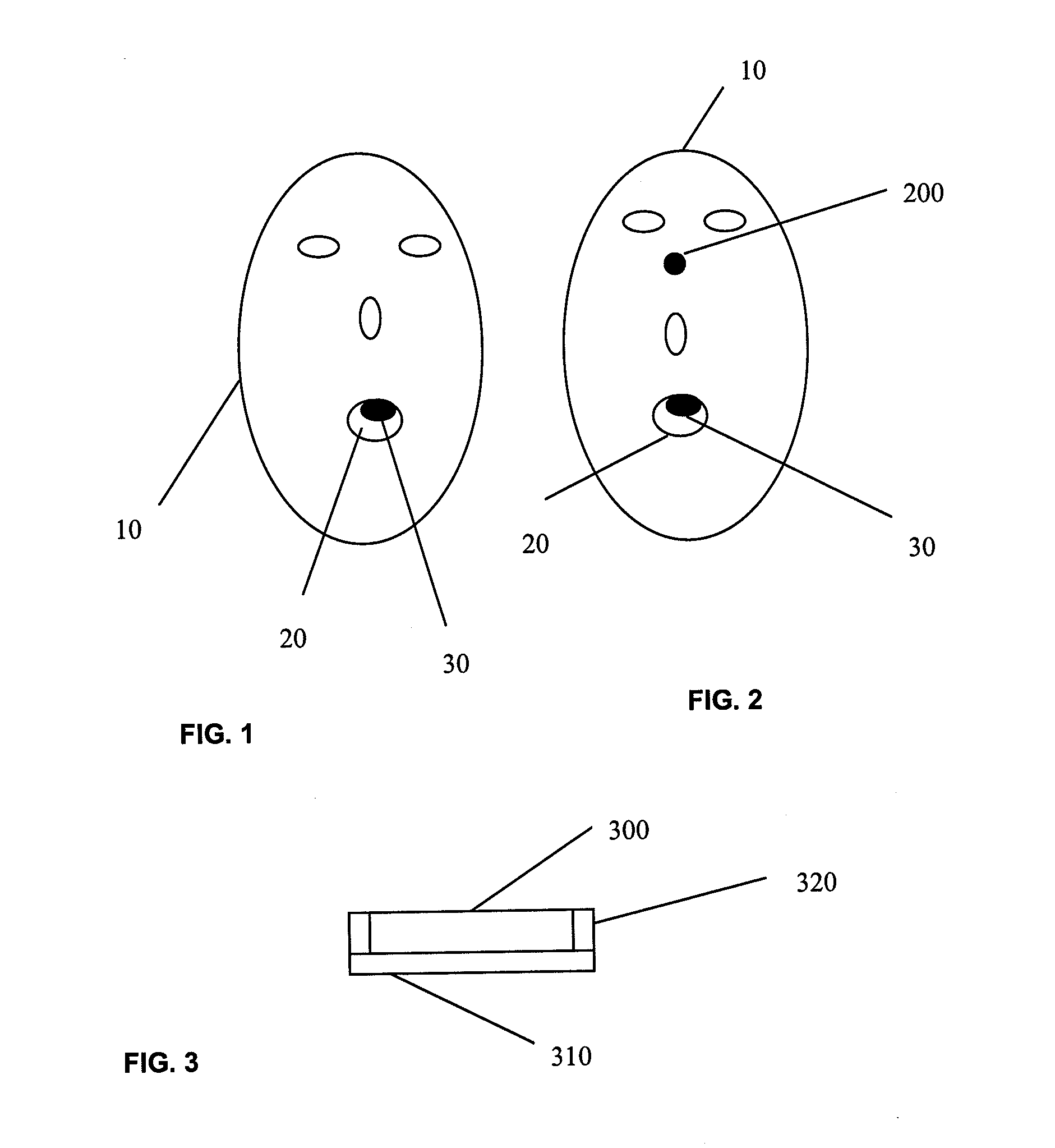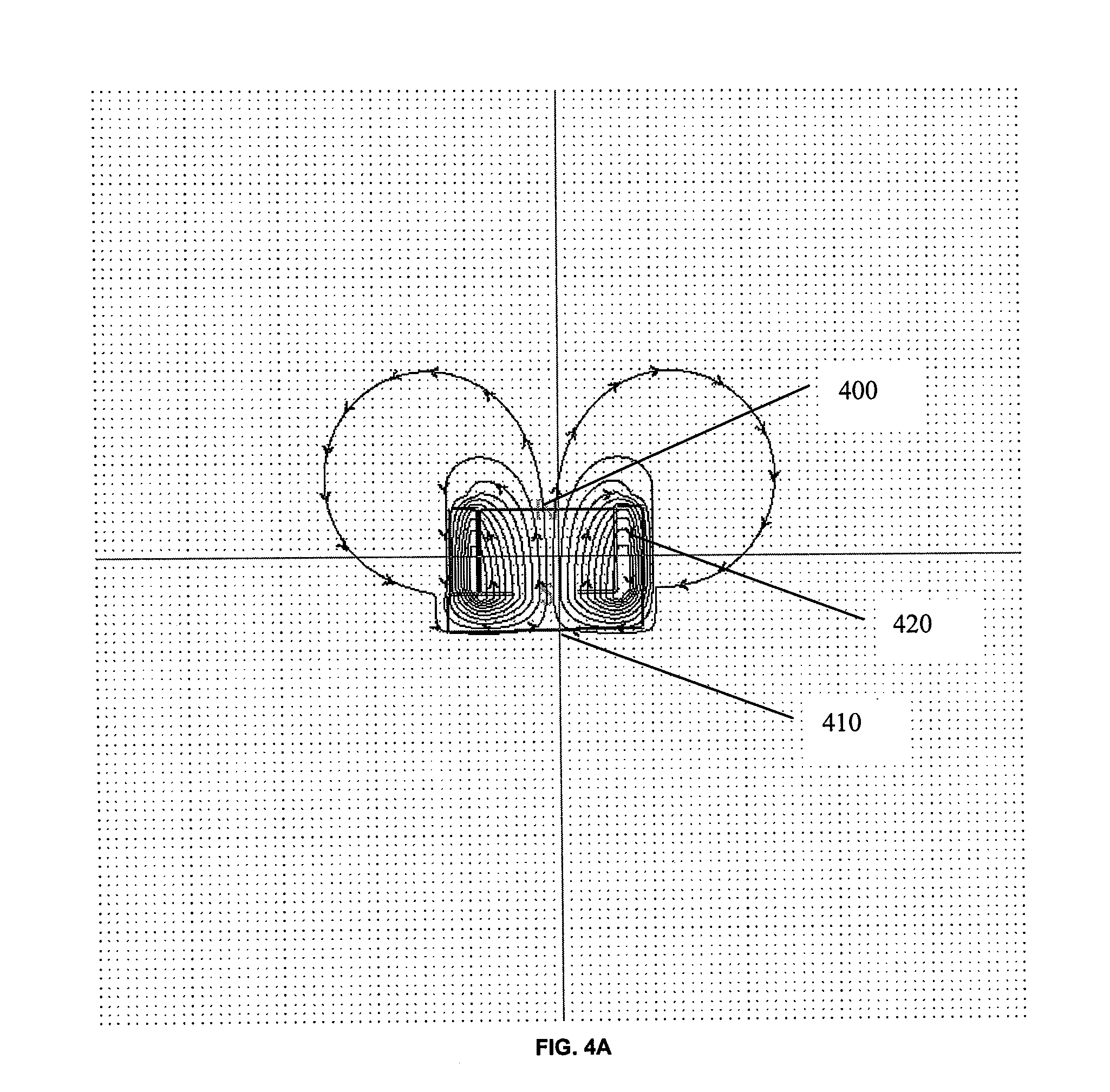Transcranial magnetic stimulation with protection of magnet-adjacent structures
a magnet-adjacent structure and transcranial magnetic stimulation technology, which is applied in the field of transcranial magnetic stimulation with magnet-adjacent structure protection, can solve the problems of not offering a means for restricting the distribution of magnetic field lateral to the target area, undesired side effects such as seizures, and inability to achieve deep brain modulation, etc., to achieve the effect of stimulating the neuronal tissue of the patient, avoiding undesirable side effects in non-target regions,
- Summary
- Abstract
- Description
- Claims
- Application Information
AI Technical Summary
Benefits of technology
Problems solved by technology
Method used
Image
Examples
Embodiment Construction
[0032]Described herein are systems and methods for Transcranial Magnetic Stimulation (TMS) using one or more shielding enclosures that may be placed at least partially over a TMS electromagnet to prevent undesirable stimulation of non-target regions behind or next to the TMS electromagnet. In general, a shielding enclosure is configured to at least partially enclose or cover a TMS electromagnet, and includes a back (and may include sides and optionally a front cover). The shielding electromagnet if formed of a material that can reflect and / or channel and / or attenuate the magnetic field emitted by the TMS electromagnet enclosed therein. The shielding enclosure may be part of a system including a plurality of electromagnets, and one or more of the electromagnet may be at least partially enclosed within the shielding enclosure.
[0033]As mentioned above, the shielding enclosure may protect adjacent patient tissues, including regions behind or next to the TMS electromagnet. This may allow...
PUM
 Login to View More
Login to View More Abstract
Description
Claims
Application Information
 Login to View More
Login to View More - R&D
- Intellectual Property
- Life Sciences
- Materials
- Tech Scout
- Unparalleled Data Quality
- Higher Quality Content
- 60% Fewer Hallucinations
Browse by: Latest US Patents, China's latest patents, Technical Efficacy Thesaurus, Application Domain, Technology Topic, Popular Technical Reports.
© 2025 PatSnap. All rights reserved.Legal|Privacy policy|Modern Slavery Act Transparency Statement|Sitemap|About US| Contact US: help@patsnap.com



